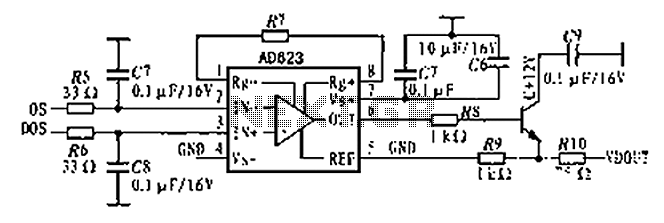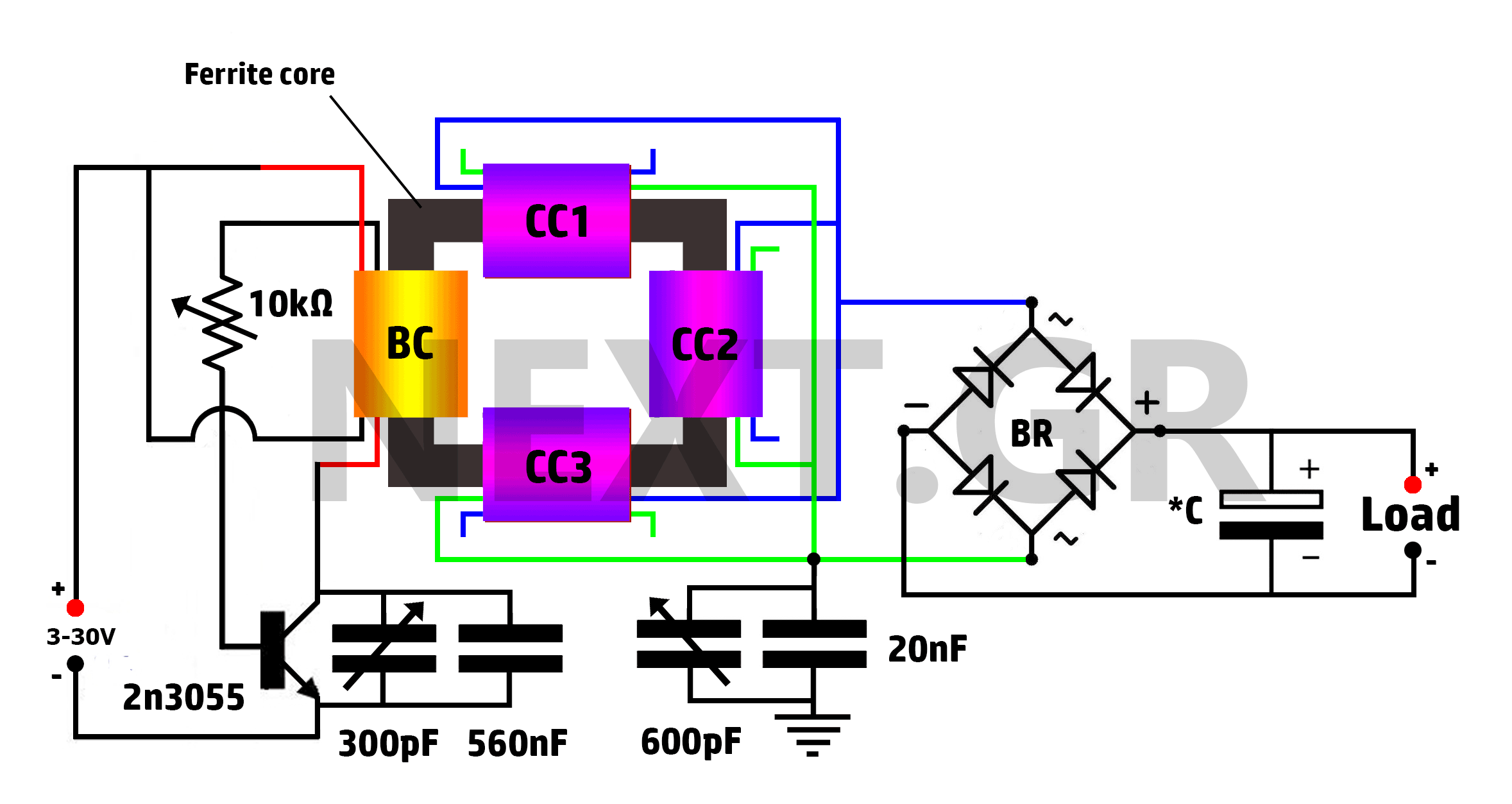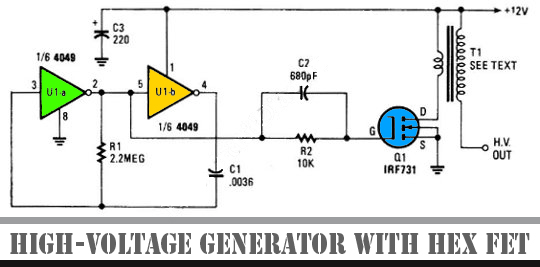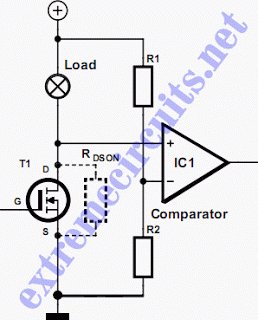
Rotating LED Marquee Hat circuit
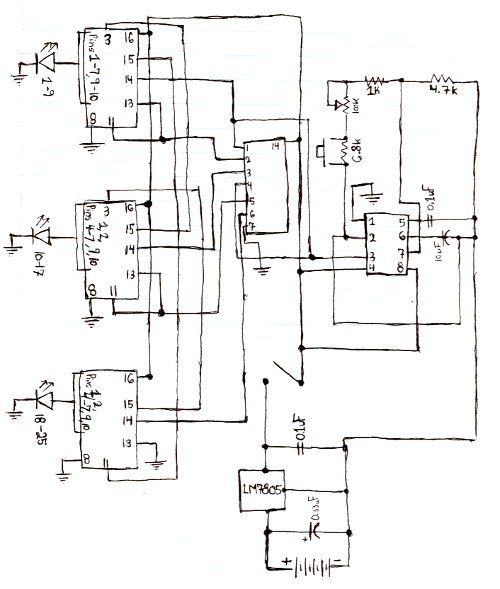
Here is the schematic for the circuit. Solder all the components onto a perfboard. The drawings may not be very clear. Essentially, the 555 timer generates a pulse.
The circuit utilizes a 555 timer IC configured in astable mode, which allows it to produce a continuous square wave output. This configuration is commonly used for timing applications, oscillators, and pulse generation. The essential components involved in this circuit include resistors, capacitors, and the 555 timer IC itself.
To assemble the circuit on a perfboard, begin by placing the 555 timer IC in the center of the board. Ensure proper orientation by aligning the notch on the IC with the corresponding mark on the perfboard. Next, connect two resistors in series between the discharge pin (Pin 7) and the threshold pin (Pin 6), with the junction of these resistors also connected to the trigger pin (Pin 2). The values of these resistors will determine the frequency of the output pulse.
A capacitor is connected between the threshold pin (Pin 6) and ground (Pin 1). The capacitor's value, in conjunction with the resistor values, will set the duty cycle of the output waveform. The output pin (Pin 3) provides the square wave signal, which can be used to drive other components or circuits.
Ensure that all connections are soldered securely to prevent any intermittent connections. After completing the assembly, it is advisable to test the circuit with a multimeter or oscilloscope to verify that the output signal is as expected. Adjustments to the resistor and capacitor values can be made to fine-tune the frequency and duty cycle of the output pulse. Proper power supply connections should also be made to the 555 timer, with the VCC pin (Pin 8) connected to the positive supply voltage and the ground pin (Pin 1) connected to the negative supply.Here`s the schematic for the circuit. Solder all the components onto perfboard. Sorry the drawings kind of bad. Basically, the 555 timer sends a pulse.. 🔗 External reference
The circuit utilizes a 555 timer IC configured in astable mode, which allows it to produce a continuous square wave output. This configuration is commonly used for timing applications, oscillators, and pulse generation. The essential components involved in this circuit include resistors, capacitors, and the 555 timer IC itself.
To assemble the circuit on a perfboard, begin by placing the 555 timer IC in the center of the board. Ensure proper orientation by aligning the notch on the IC with the corresponding mark on the perfboard. Next, connect two resistors in series between the discharge pin (Pin 7) and the threshold pin (Pin 6), with the junction of these resistors also connected to the trigger pin (Pin 2). The values of these resistors will determine the frequency of the output pulse.
A capacitor is connected between the threshold pin (Pin 6) and ground (Pin 1). The capacitor's value, in conjunction with the resistor values, will set the duty cycle of the output waveform. The output pin (Pin 3) provides the square wave signal, which can be used to drive other components or circuits.
Ensure that all connections are soldered securely to prevent any intermittent connections. After completing the assembly, it is advisable to test the circuit with a multimeter or oscilloscope to verify that the output signal is as expected. Adjustments to the resistor and capacitor values can be made to fine-tune the frequency and duty cycle of the output pulse. Proper power supply connections should also be made to the 555 timer, with the VCC pin (Pin 8) connected to the positive supply voltage and the ground pin (Pin 1) connected to the negative supply.Here`s the schematic for the circuit. Solder all the components onto perfboard. Sorry the drawings kind of bad. Basically, the 555 timer sends a pulse.. 🔗 External reference
